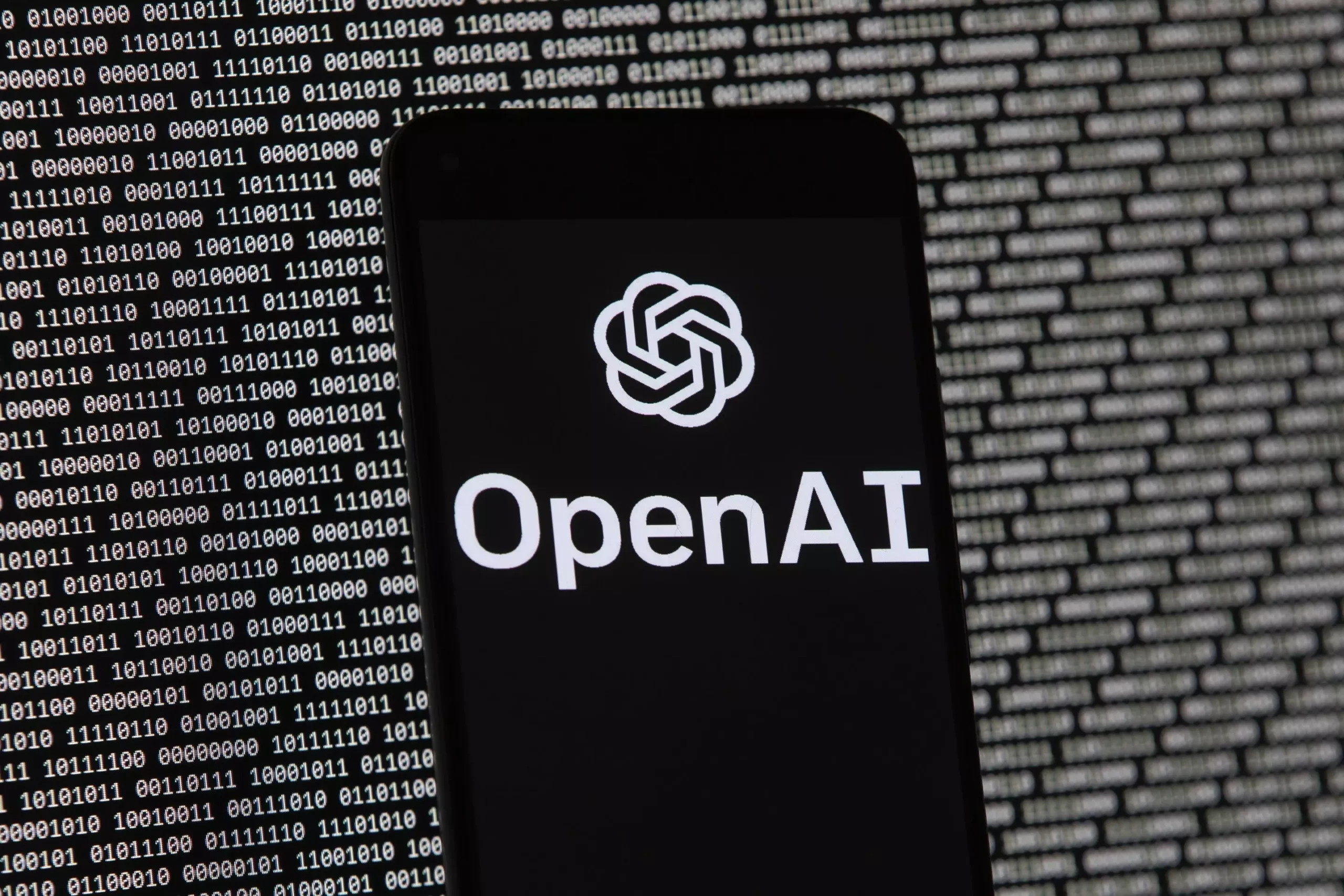In 2016, a research organization emerged in Silicon Valley that aimed to revolutionize digital intelligence. OpenAI, founded in Mountain View, California, sought recognition from the Internal Revenue Service (IRS) as a tax-exempt charitable entity. With a commitment to advancing artificial intelligence (AI) for the broader benefit of humanity, OpenAI described its mission as unconstrained by the imperative to generate profits. The organization began its journey with the support of a substantial $10 million loan from Sam Altman, one of its co-founders and the current CEO.
This tax-exempt status application is a critical document that encapsulates OpenAI’s initial ambitions and serves as a benchmark for measuring the organization’s evolution over the years. Since its inception, OpenAI has seen significant transformation, particularly highlighted by the establishment of a for-profit subsidiary valued at an astonishing $157 billion, demonstrating a substantial departure from its original objectives.
When OpenAI presented its application, it explicitly mentioned its intention not to pursue joint ventures with for-profit entities, nor did it plan to engage in the development of commercial products. The organization envisioned a future where its research would be freely accessible to the public. However, as the AI landscape rapidly evolved, so too did OpenAI’s operational strategies. The introduction of products like ChatGPT in 2022 marked a new chapter, propelling OpenAI into the commercial domain in a way that its founding documents had not foreseen.
OpenAI spokesperson Liz Bourgeois noted that despite these changes, the organization’s core mission remains intact, tailored to align with technological advancements. This pivot raises eyebrows among nonprofit legal experts and regulators who are now scrutinizing whether OpenAI’s transformations respect the guiding principles of nonprofit organizations, specifically the requirement to prioritize charitable endeavors over private gain.
As the nature of OpenAI’s operations has diversified, so has the need for rigorous legal compliance. Experts observing the organization have expressed curiosity about the delicate balance it must maintain between its nonprofit roots and its rapidly expanding commercial aspirations. Regulatory frameworks typically impose restrictions on how nonprofits can interact with for-profits to prevent private benefit from overshadowing charitable objectives. Legal counsel Andrew Steinberg highlighted that OpenAI’s early IRS application was fairly standard; however, the significant changes that have followed prompt concerns regarding compliance.
Nonprofit law generally dictates that any modifications in mission or structure must be reported on annual tax returns. OpenAI has adhered to this requirement, signaling recognition of the evolving nature of its business model. Still, the fact that their operational strategies have shifted so dramatically from the original mission raises questions about future compliance and the terms of their tax-exempt status.
OpenAI’s research proposals, as of its IRS application, appear modest against the backdrop of today’s AI advancements. Back then, the organization’s objectives included the development of an AI capable of solving a range of games and a robot to handle household chores. Fast forward to now, and OpenAI has outstripped these initial goals, producing sophisticated technologies such as text-to-image generators and emotionally aware chatbots.
These advancements testify to OpenAI’s capability of not only meeting but exceeding its initial visions for AI use. The organization’s claim that sharing its research with the public is central to its mission has taken on new dimensions. While initial statements pledged to open-source software licenses and nondiscriminatory access, the approach has shifted toward creating commercial partnerships. Bourgeois underscored that these partnerships are seen as instrumental in furthering OpenAI’s mission, suggesting a tension between altruistic origins and commercial realities.
Looking ahead, OpenAI is faced with critical decisions regarding its corporate structure, especially concerning the intellectual property it generates. Sam Altman has indicated that organizational reshaping may be on the horizon, suggesting that discussions about future directions will involve balancing the nonprofit mandate against the needs of a burgeoning for-profit arm.
The organization’s intrinsic challenge lies in ensuring that any profit-making components do not overshadow the altruistic goals founded in 2016. As OpenAI navigates this complex landscape, it will undoubtedly have to grapple with the ramifications of its decisions not just for itself but also for the broader society that increasingly relies on its advanced AI technologies.
OpenAI’s journey from a nonprofit dedicated to advancing AI for humanity’s benefit to a commercial giant raises vital questions about the intersection of philanthropy and profitability in the ever-evolving tech sector. Balancing these dual identities will be crucial for OpenAI as it seeks to maintain its integrity while driving innovation in the digital landscape.


Leave a Reply